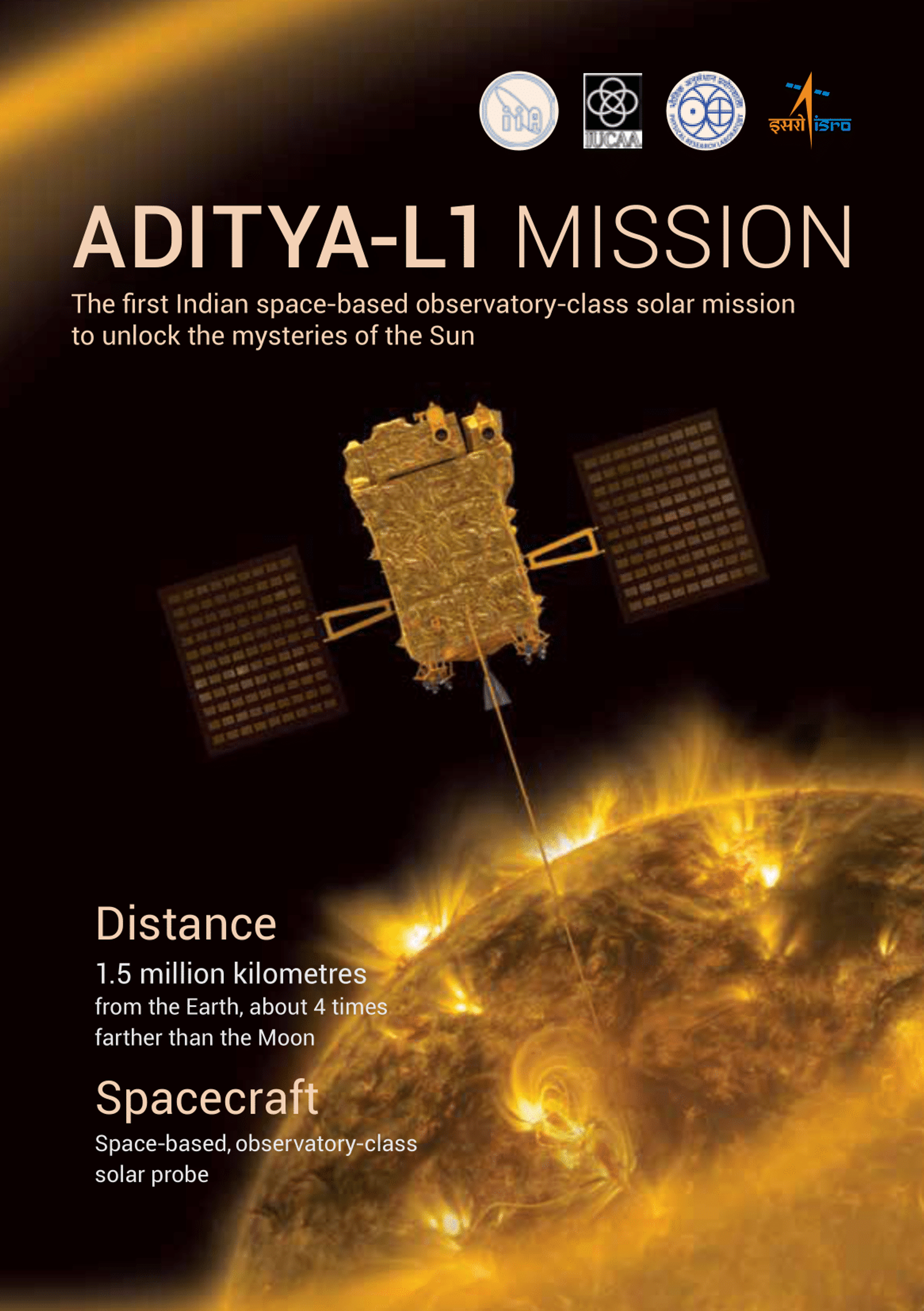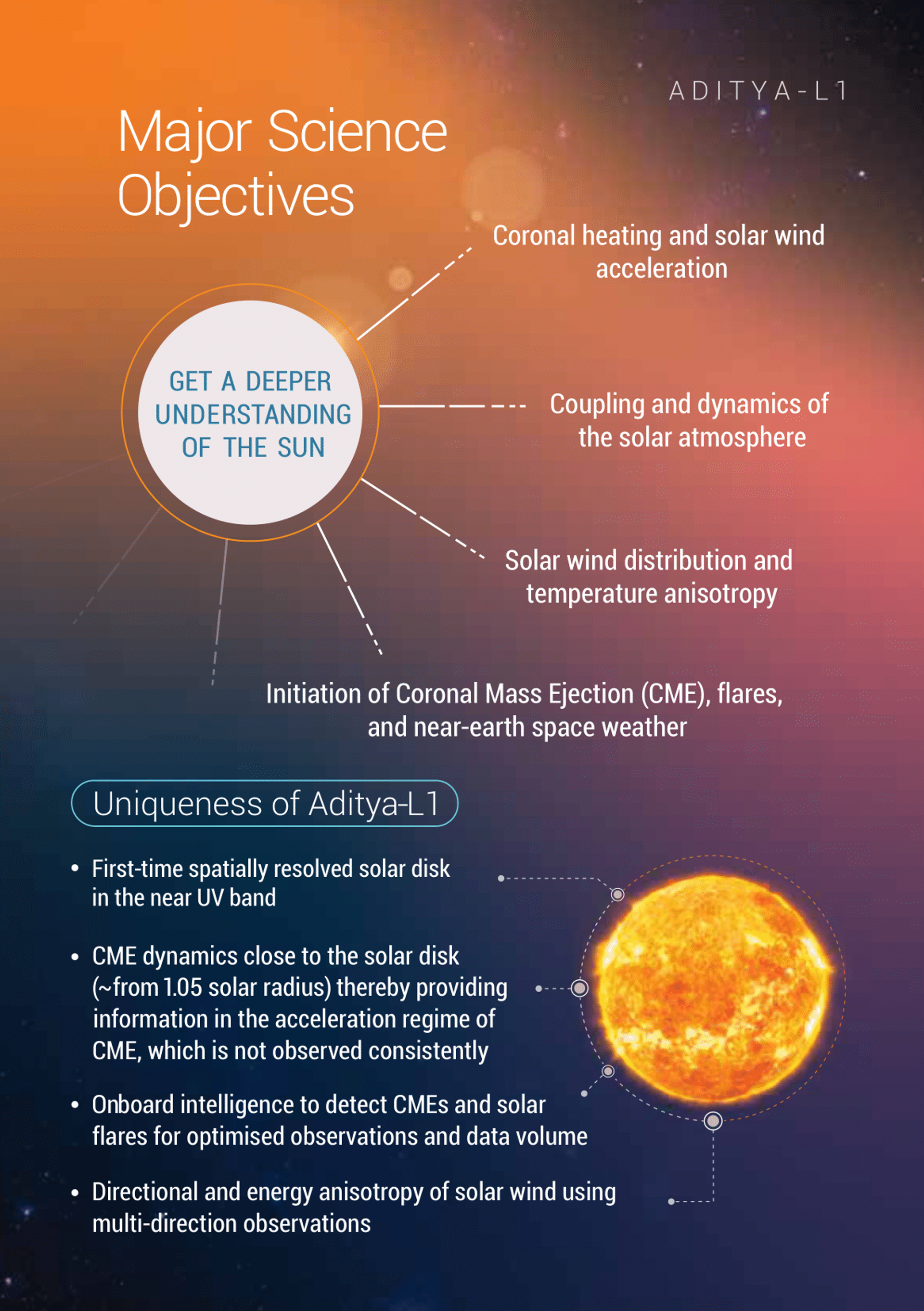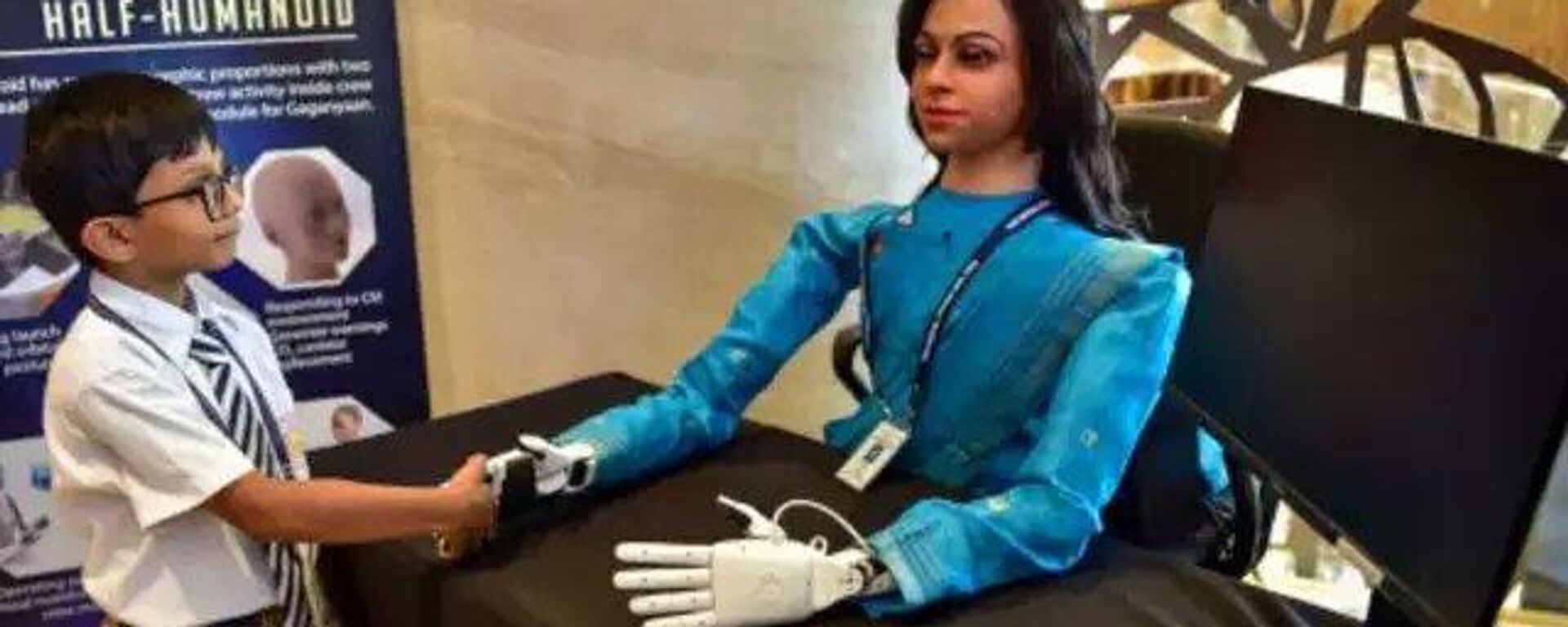https://sputniknews.in/20230829/isro-aditya-l1-solar-mission-indias-sun-mission-all-set-for-launch-3891876.html
ISRO Aditya-L1 Solar Mission: India’s Sun Mission All Set for Launch
ISRO Aditya-L1 Solar Mission: India’s Sun Mission All Set for Launch
Sputnik India
The India Space Research Organisation (ISRO) is all set to launch its first lunar mission — Aditya L1 -- on Saturday, September 2.
2023-08-29T14:20+0530
2023-08-29T14:20+0530
2023-09-05T11:39+0530
indian space research organisation (isro)
india
moon
nasa
science & tech
science & tech
space satellite
space industry
space exploration
space rocket
https://cdn1.img.sputniknews.in/img/07e7/08/1d/3905761_0:864:1166:1520_1920x0_80_0_0_27bf15d59626fa05e000773f81d1acac.png
The India Space Research Organisation (ISRO) is all set to launch its first solar mission — Aditya L1 -- on Saturday, September 2. The word 'Aditya' means Sun in the Sanskrit language. The mission comes barely 10 days after India on August 23 successfully landed Chandrayaan-3 on the Moon's surface. Recently, India became the fourth country to successfully land a Spacecraft module on the Moon and the first country to land a module in the southern polar region of the lunar surface.The chronography satellite has already arrived at the launch site, Sriharikota, on India’s East coast, stated the ISRO on August 13. Mystery Around the SunThe study will be conducted on the outermost atmospheric layer of the Sun, also known as the corona, to unfold the mystery of its unleashed solar flares and colossal plasma clouds, also known as coronal mass ejections (CMEs) into space. The temperature of the outermost layer is estimated to be one million degrees Celsius (1.8 million degrees Fahrenheit). What is Mission Aditya L1 All About? According to the ISRO, the spacecraft will be placed into a halo orbit around Lagrange point 1 (also known as L1), as L1 provides the advantage of round-the-clock viewing of the Sun without occultation/eclipses. The Sun-Earth system's L1 is about 1.5 million km from Earth. Aditya L1 will take about four months to reach L1.The ISRO plans for the mission to last 5.2 years. Among the four that are facing towards the Sun, two are X-ray spectrometers that will study the properties of solar flares, the third is a coronagraph that will click the clock click images of the Sun to detect flares forming on the Sun, and a fourth instrument will measure solar radiation. The ISRO has been preparing for the mission for the past 15 years. This will be the second most ambitious mission of the ISRO after Chandrayaan-3. The Aditya-L1 observatory costs nearly INR 3.8 billion ($45 million). Other Mission Around The SunAlthough scientists have explored the Sun since long before 1959, a solar probe, Helios 2, a joint venture between NASA and West Germany, ventured within 43 million km of the Sun’s surface. Meanwhile, NASA’s Parker Solar Probe, launched in 2018, has already gone closer to the Sun, but it’s looking away from the Sun. Aditya L1 will be looking towards the Sun.L1 is also home to the Solar and Heliospheric Observatory, launched in 1996 by NASA and the European Space Agency (ESA).
https://sputniknews.in/20230826/india-to-send-female-robot-vyommitra-to-space-in-gaganyaan-mission-in-october-3856410.html
india
moon
Sputnik India
feedback.hindi@sputniknews.com
+74956456601
MIA „Rossiya Segodnya“
2023
Deexa Khanduri
https://cdn1.img.sputniknews.in/img/07e6/0c/13/138923_52:0:533:481_100x100_80_0_0_cadf23d341691fc65ff2b22fd1afe584.jpg
Deexa Khanduri
https://cdn1.img.sputniknews.in/img/07e6/0c/13/138923_52:0:533:481_100x100_80_0_0_cadf23d341691fc65ff2b22fd1afe584.jpg
News
en_IN
Sputnik India
feedback.hindi@sputniknews.com
+74956456601
MIA „Rossiya Segodnya“
Sputnik India
feedback.hindi@sputniknews.com
+74956456601
MIA „Rossiya Segodnya“
Deexa Khanduri
https://cdn1.img.sputniknews.in/img/07e6/0c/13/138923_52:0:533:481_100x100_80_0_0_cadf23d341691fc65ff2b22fd1afe584.jpg
india sun mission, aditya-l1 mission, india solar mission, aditya-l1 mission launch date, aditya-l1 launch, aditya-l1 upsc, aditya l1 budget, aditya-l1 rocket, aditya-l1 mission, aditya l1 reach sun, what is l1 in aditya mission, what is the cost of aditya-l1, how far aditya-l1 will be from sun, when aditya-l1 will launch 2023, how far is l1 from earth,
india sun mission, aditya-l1 mission, india solar mission, aditya-l1 mission launch date, aditya-l1 launch, aditya-l1 upsc, aditya l1 budget, aditya-l1 rocket, aditya-l1 mission, aditya l1 reach sun, what is l1 in aditya mission, what is the cost of aditya-l1, how far aditya-l1 will be from sun, when aditya-l1 will launch 2023, how far is l1 from earth,
ISRO Aditya-L1 Solar Mission: India’s Sun Mission All Set for Launch
14:20 29.08.2023 (Updated: 11:39 05.09.2023) Deexa Khanduri
Sputnik correspondent
The Sun has always been a curiosity and a mystery for human beings; it is considered a mighty god in folklore across the globe. With India’s Aditya L1, the scientific community hopes to unravel centuries-old mysteries surrounding the Sun.
The India Space Research Organisation (ISRO) is all set to launch its first solar mission — Aditya L1 -- on Saturday, September 2.
The word 'Aditya' means Sun in the Sanskrit language.
The mission comes barely 10 days after India on August 23 successfully landed
Chandrayaan-3 on the Moon's surface. Recently,
India became the fourth country to successfully land a Spacecraft module on the Moon and the first country to land a module in the
southern polar region of the lunar surface.
The chronography satellite has already arrived at the launch site, Sriharikota, on India’s East coast, stated the ISRO on August 13.
The study will be conducted on the outermost atmospheric layer of the Sun, also known as the corona, to unfold the mystery of its unleashed solar flares and colossal plasma clouds, also known as coronal mass ejections (CMEs) into space.
The temperature of the outermost layer is estimated to be one million degrees Celsius (1.8 million degrees Fahrenheit).
What is Mission Aditya L1 All About?
According to the ISRO, the spacecraft will be placed into a halo orbit around Lagrange point 1 (also known as L1), as L1 provides the advantage of round-the-clock viewing of the Sun without occultation/eclipses.
The Sun-Earth system's L1 is about 1.5 million km from Earth. Aditya L1 will take about four months to reach L1.
The ISRO plans for the mission to last 5.2 years.
The spacecraft will carry seven payloads, among which four will directly face the Sun, two will study the solar wind; the remaining one is a magnetometer which will measure magnetic fields at the spacecraft's position in L1.
Among the four that are facing towards the Sun, two are X-ray spectrometers that will study the properties of solar flares, the third is a coronagraph that will click the clock click images of the Sun to detect flares forming on the Sun, and a fourth instrument will measure solar radiation.
“The
payloads are expected to provide the most crucial information to understand the problem of coronal heating, coronal mass ejection, pre-flare and flare activities, and their characteristics, dynamics of space weather, propagation of particles and fields, etc.,” ISRO said in its website.
The ISRO has been preparing for the mission for the past 15 years. This will be the second most ambitious mission of the ISRO after Chandrayaan-3. The Aditya-L1 observatory costs nearly INR 3.8 billion ($45 million).
Other Mission Around The Sun
Although scientists have explored the Sun since long before 1959, a solar probe, Helios 2, a joint venture between NASA and West Germany, ventured within 43 million km of the Sun’s surface.
Meanwhile,
NASA’s Parker Solar Probe, launched in 2018, has already gone closer to the Sun, but it’s looking away from the Sun. Aditya L1 will be looking
towards the Sun.
L1 is also home to the Solar and Heliospheric Observatory, launched in 1996 by NASA and the European Space Agency (ESA).





